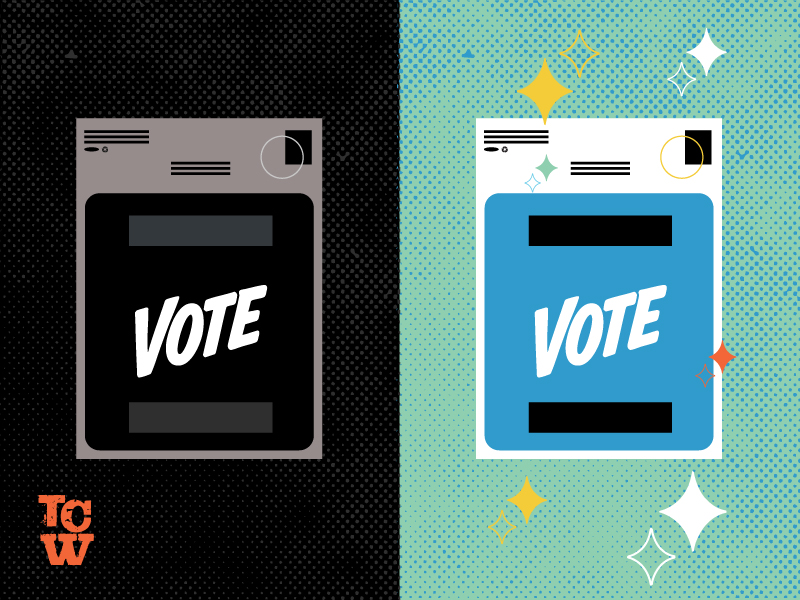
How Can Democrats Amplify Their Direct Mail Programs?
2025 has been a wild, largely unpleasant ride. There are many big questions left to tackle, and many that probably can’t be fully answered. However, one small piece of the puzzle, I think, is examining some practical changes we can make when considering direct mail and its role in influencing voters. Some of what I’m going to say here is anecdotal, and some of it is supported by testing; however, all of it represents changes that I believe are worth serious consideration if we want to work effectively within the current climate.
More mail, earlier
One key takeaway for me from the 2024 election is that we are starting mail programs later than Republican programs, and that we’re losing when it comes to volume at the mailbox. They’re reaching many people earlier and with a higher frequency, plain and simple.
Some of that difference comes down to decisions about how to allocate finite resources, but I think we would be remiss if we didn’t examine this difference carefully and take some steps to close the gap here.
Simplify content and messaging
One consequence of starting later and sending less mail is that our mailers are often trying to say too much. It’s hard to pick and choose when it feels like the world is on fire, but the result of saying too much is that a lot of our mail looks like a chore to digest. If you have maybe five seconds to catch someone’s attention, making it look like homework isn’t necessarily in our best interest. In the weeks before the 2024 election, I was driving around the Philadelphia suburbs, and the differences in our messaging approach were on full display in the form of yard signs that simply said “Kamala Harris = higher prices.” How can we simplify and streamline (while still telling the truth) to match something that is easy to immediately understand? How can we design a visual that is also understandable at a glance?
Examine who we’re not talking to and why
We spend a lot of time slicing and dicing universes to reach the exact right audience. Another peek at the Republican approach in 2024 will show you that they are going wider with their message than we typically are (and that seems to be the case across multiple mediums). To be very clear, I’m not advocating a firehose approach to targeting mail (and I don’t think reach is intrinsically valuable), but I also think that we may sometimes be too precious with our micro-targeting. Models are instructive, but they are predictors, not truths, and there are times when our focus on carving out a universe with scalpel-like precision means that we are excising people who might need to hear from us (and that need might require a longer runway to bear fruit). As with everything, there’s a balance to be struck here, but a key first step is thinking about who we’re not talking to, and why. A few years ago, at the America Votes conference, I heard a panelist talking about how we don’t spend resources talking to “non-voters” and then blame them for not voting. The same could be said about a number of the other ways we pull people out of universes, and it should be a point of conversation in any targeting decisions.
I, for one, am excited to see where testing, change, and innovation take us in the 2026 election cycle. It’s time to take some risks and some big swings—we’d love to work with you if that sounds like a journey you’d like to be on with us.
Have questions or want to learn more about how we can amplify your direct mail? Click below to get in touch or check out the rest of our blog for related content.